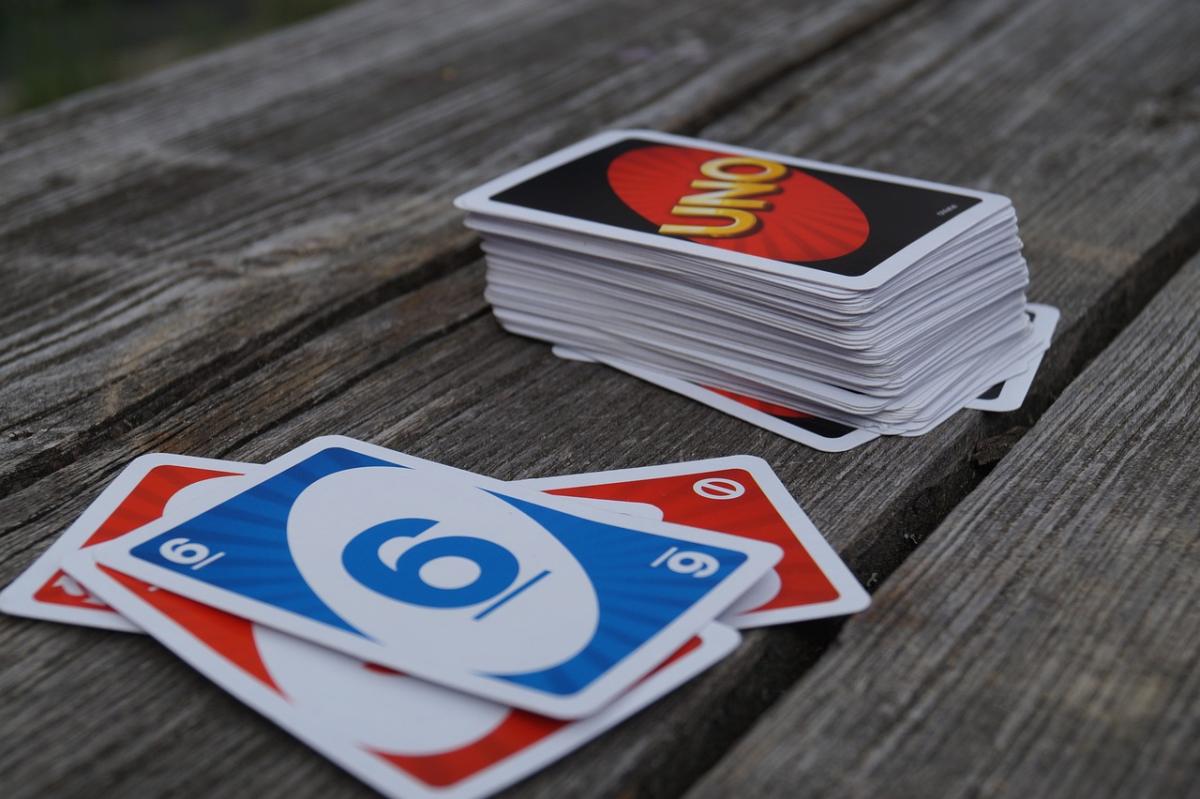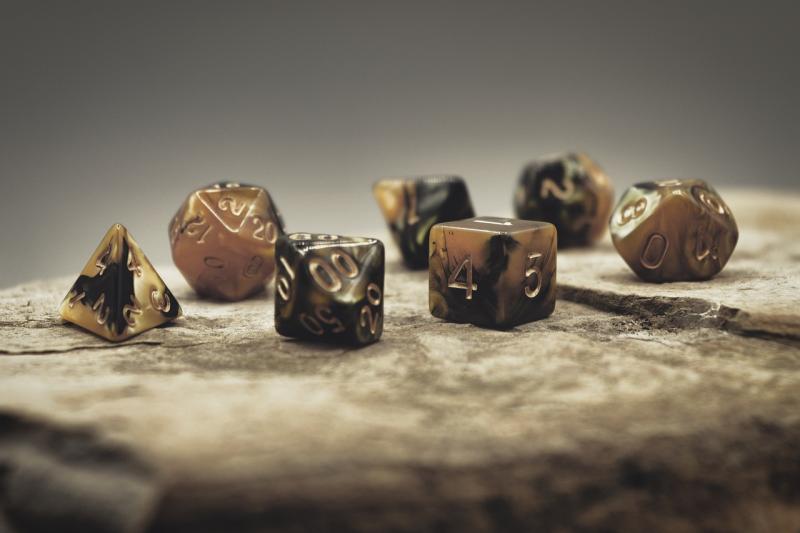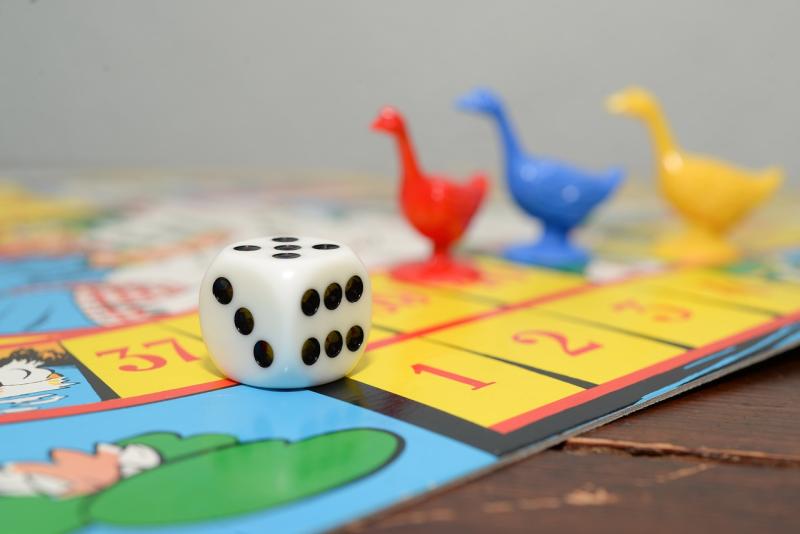When it comes to game nights, the debate between card games and board games often comes up. Both are popular choices for bringing friends and family together, but they have their own unique styles and features that set them apart. Let’s dive into what makes each type special!
Card games usually focus on strategy, luck, and player interaction. These games can be quick to set up and play, making them perfect for casual hangouts. Think about classics like Uno or Poker. They're portable, so you can take them anywhere, from a picnic to a friend's house. Plus, more players can join in without needing a lot of extra space.
On the other hand, board games often involve a game board, pieces, and more complex rules. Games like Monopoly or Settlers of Catan might take a bit longer to set up, but they can offer a deep level of strategy and interaction. Many board games come with unique themes and stories that can draw players in and create memorable experiences.
So, how do they stack up against each other? Here are a few quick comparisons:
At the end of the day, both card games and board games have their place. Whether you prefer the quick fun of a card game or the engaging challenge of a board game, there’s something out there for everyone to enjoy! So grab your friends, pick a game, and let the fun begin!
The Fun Factor of Both Games
When it comes to the fun factor, both card games and board games have their own unique charm. Card games can be super fast-paced and keep you on your toes. Whether you’re playing a quick round of Uno or engaging in a strategic game of Magic: The Gathering, the thrill of drawing a card can bring an exciting twist to each turn.
On the other hand, board games usually offer a more immersive experience. With their colorful boards, pieces, and themes, they can draw players into a different world. Games like Settlers of Catan or Ticket to Ride often create that perfect mix of competition and camaraderie. You get to see the game unfold right in front of you, which adds to the excitement.
Both types of games shine in social settings, too. Card games can be great for casual hangouts or game nights, where you can easily mix and match with different groups. They’re generally easier to learn and can accommodate various player counts. Board games, while sometimes requiring a bit more setup, offer memorable, laughter-filled moments as everyone moves their pieces and interacts.
Ultimately, the fun in both card and board games comes from the connections you make with friends and family. Whether you’re strategizing your next move on a board or trying to outsmart opponents with the perfect card play, it’s the shared experience that really brings the joy. So, whether you're a card game buff, a board game enthusiast, or love a bit of both, you can’t go wrong when it comes to fun!
How to Play Them Together
Playing card games and board games together can lead to a fun and engaging game night with friends. If you've got a mix of both in your collection, why not combine them? Here are some ideas on how to mix card games with board games for a unique experience.
First off, you can use cards as a resource or action mechanic in a board game. For example, if you're playing a strategy game, you could allow players to draw cards that give them special actions or benefits. This adds an extra layer of strategy and excitement to the game. Just make sure everyone understands how the cards impact the board game to keep things smooth.
Another idea is to incorporate a card game as a mini-game during your board game session. For instance, if the board game involves certain phases or rounds, you can have a quick card game in between to keep things lively. This not only breaks up the gameplay but also brings a new dynamic to the table. You might find that players enjoy this mix, keeping everyone engaged and entertained.
Lastly, don't hesitate to create your own house rules! Modify the rules of your favorite board game to include card drawing, card exchanges, or even using cards for point systems. This gives your gameplay a fresh twist and allows players to come up with strategies they wouldn’t typically consider. Just be clear about the rules before you start so everyone’s on the same page.
Finding the Right Game for Your Group
When it comes to picking the right game for your group, there are a few key things to consider. First off, think about the size of your group. Some games shine with larger crowds, while others are better suited for smaller gatherings. If you have a big group, look for games that can accommodate everyone without losing the fun factor.
Next, consider the ages and preferences of your players. Are you playing with kids, teenagers, or adults? Some games are more complex and may not be the best fit for younger players. Others can get a bit too silly for adults. Find something that matches the vibe of your crowd—whether that's a light-hearted card game or a strategy-heavy option.
Another important point is the game length. Some groups love a quick game that wraps up in 30 minutes, while others enjoy diving into marathon sessions. Check the estimated playtime on the box or online so everyone knows what to expect. This can help keep the energy up and make sure you don’t lose anyone’s attention!
Lastly, don’t forget to factor in the mood of your group! Sometimes you want a competitive edge, and other times you just want to share laughs. Keep it light and fun, and don't be afraid to try something new—you might just discover a new favorite!
When it comes to game nights, the debate between card games and board games often comes up. Both are popular choices for bringing friends and family together, but they have their own unique styles and features that set them apart. Let’s dive into what makes each type special!
Card games usually focus on strategy, luck, and player interaction. These games can be quick to set up and play, making them perfect for casual hangouts. Think about classics like Uno or Poker. They're portable, so you can take them anywhere, from a picnic to a friend's house. Plus, more players can join in without needing a lot of extra space.
On the other hand, board games often involve a game board, pieces, and more complex rules. Games like Monopoly or Settlers of Catan might take a bit longer to set up, but they can offer a deep level of strategy and interaction. Many board games come with unique themes and stories that can draw players in and create memorable experiences.
So, how do they stack up against each other? Here are a few quick comparisons:
At the end of the day, both card games and board games have their place. Whether you prefer the quick fun of a card game or the engaging challenge of a board game, there’s something out there for everyone to enjoy! So grab your friends, pick a game, and let the fun begin!
The Fun Factor of Both Games
When it comes to the fun factor, both card games and board games have their own unique charm. Card games can be super fast-paced and keep you on your toes. Whether you’re playing a quick round of Uno or engaging in a strategic game of Magic: The Gathering, the thrill of drawing a card can bring an exciting twist to each turn.
On the other hand, board games usually offer a more immersive experience. With their colorful boards, pieces, and themes, they can draw players into a different world. Games like Settlers of Catan or Ticket to Ride often create that perfect mix of competition and camaraderie. You get to see the game unfold right in front of you, which adds to the excitement.
Both types of games shine in social settings, too. Card games can be great for casual hangouts or game nights, where you can easily mix and match with different groups. They’re generally easier to learn and can accommodate various player counts. Board games, while sometimes requiring a bit more setup, offer memorable, laughter-filled moments as everyone moves their pieces and interacts.
Ultimately, the fun in both card and board games comes from the connections you make with friends and family. Whether you’re strategizing your next move on a board or trying to outsmart opponents with the perfect card play, it’s the shared experience that really brings the joy. So, whether you're a card game buff, a board game enthusiast, or love a bit of both, you can’t go wrong when it comes to fun!
How to Play Them Together
Playing card games and board games together can lead to a fun and engaging game night with friends. If you've got a mix of both in your collection, why not combine them? Here are some ideas on how to mix card games with board games for a unique experience.
First off, you can use cards as a resource or action mechanic in a board game. For example, if you're playing a strategy game, you could allow players to draw cards that give them special actions or benefits. This adds an extra layer of strategy and excitement to the game. Just make sure everyone understands how the cards impact the board game to keep things smooth.
Another idea is to incorporate a card game as a mini-game during your board game session. For instance, if the board game involves certain phases or rounds, you can have a quick card game in between to keep things lively. This not only breaks up the gameplay but also brings a new dynamic to the table. You might find that players enjoy this mix, keeping everyone engaged and entertained.
Lastly, don't hesitate to create your own house rules! Modify the rules of your favorite board game to include card drawing, card exchanges, or even using cards for point systems. This gives your gameplay a fresh twist and allows players to come up with strategies they wouldn’t typically consider. Just be clear about the rules before you start so everyone’s on the same page.
Finding the Right Game for Your Group
When it comes to picking the right game for your group, there are a few key things to consider. First off, think about the size of your group. Some games shine with larger crowds, while others are better suited for smaller gatherings. If you have a big group, look for games that can accommodate everyone without losing the fun factor.
Next, consider the ages and preferences of your players. Are you playing with kids, teenagers, or adults? Some games are more complex and may not be the best fit for younger players. Others can get a bit too silly for adults. Find something that matches the vibe of your crowd—whether that's a light-hearted card game or a strategy-heavy option.
Another important point is the game length. Some groups love a quick game that wraps up in 30 minutes, while others enjoy diving into marathon sessions. Check the estimated playtime on the box or online so everyone knows what to expect. This can help keep the energy up and make sure you don’t lose anyone’s attention!
Lastly, don’t forget to factor in the mood of your group! Sometimes you want a competitive edge, and other times you just want to share laughs. Keep it light and fun, and don't be afraid to try something new—you might just discover a new favorite!



